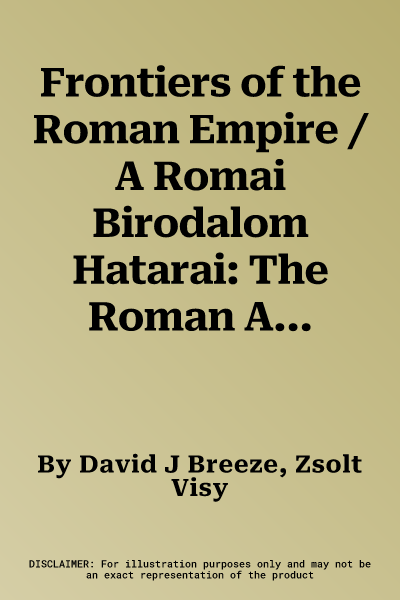The frontiers of the Roman empire together form the largest surviving
monument of one of the world's greatest states. They stretch for some
7,500 km through 20 countries which encircle the Mediterranean Sea. The
remains of these frontiers have been studied by visitors and later by
archaeologists for several centuries. Many of the inscriptions and
sculpture, weapons, pottery and artefacts created and used by the
soldiers and civilians who lived on the frontier can be seen in museums.
Equally evocative of the lost might of Rome are the physical remains of
the frontiers themselves. The aim of this series of booklets is not only
to inform the interested visitor about the history of the frontiers but
to act as a guidebook as well. The Roman Empire reached its near full
extent during the reign of Emperor Augustus. At that time Europe,
Africa, the Middle East and the entire Mediterranean were part of it.
The Hungarian part of the Empire had a river frontier that was more
precisely called ripa. Pannonia province existed from the occupation
during the reign of Emperor Augustus to the 20s and 30s of the 5th
century A.D. Its border stretched alongside the Danube and was always
one of the most important European frontiers in Roman times, as it is
justified by keeping a very strong defence force there, consisting of 4
legions and an average of 30 auxiliary units. Some 420 km long section
of the entire Pannonian limes from Klosterneuburg (Austria) to
Belgrade (Serbia) belongs to the territory of present-day Hungary.

